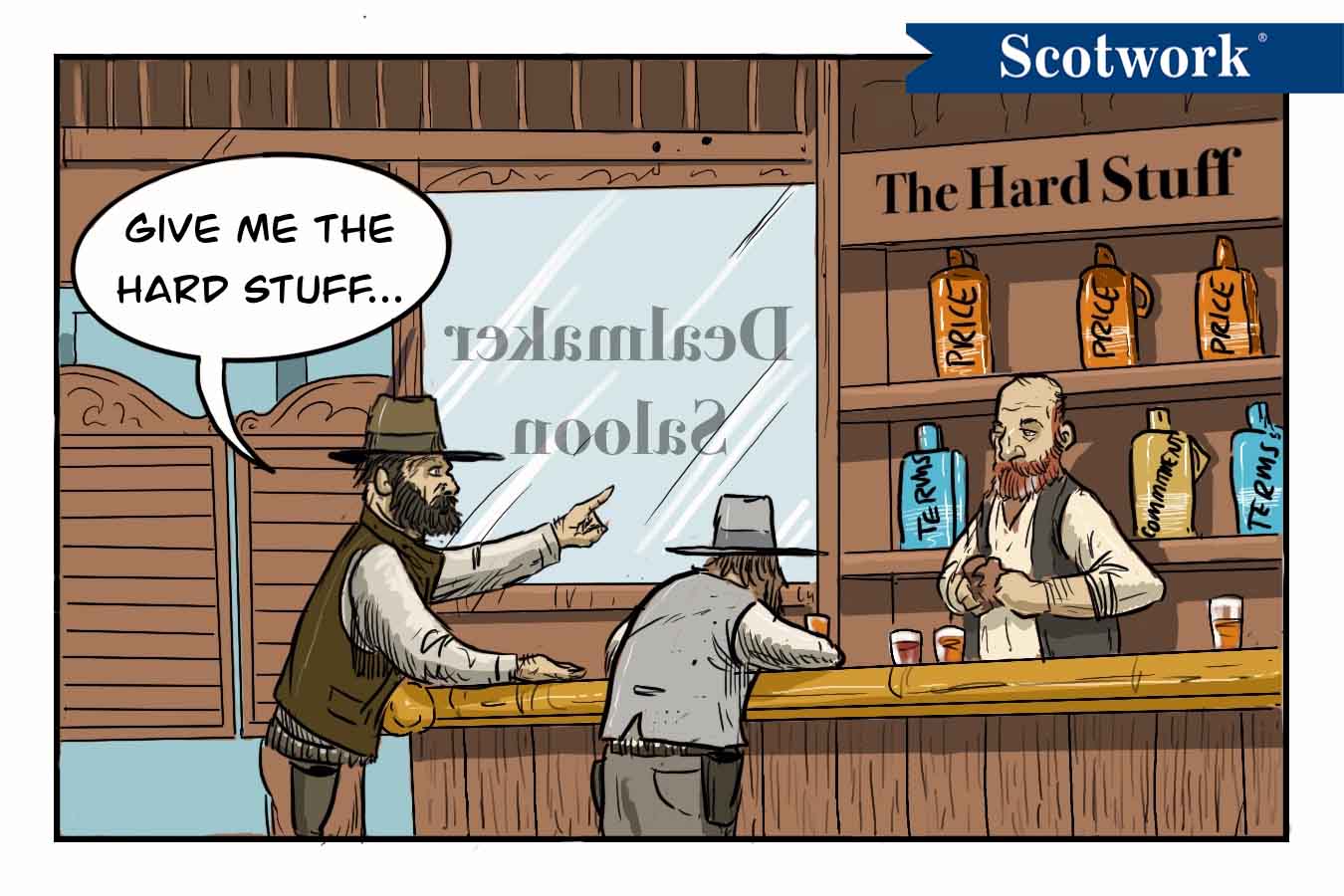Negotiators love to build momentum. There’s a natural tendency in a negotiation to start with the easy issues — knock out the quick wins, build rapport, and create a sense of progress. At first glance, this seems like a smart strategy. By eliminating smaller points of contention, it feels like you’re clearing the path for the real work.
But there’s a trap in this approach. When the toughest issues are left for last, negotiators often run out of time and leverage, and they’re forced to accept bad choices, which leads to bad deals.
When the clock ticks down and only the hardest topics remain, negotiators face two major problems.
Time Pressure Leads to Unnecessary Concessions
The closer you get to a deadline, the greater the pressure to make a deal, whether it involves an expiring contract, a closing window of opportunity, or just fatigue setting in.
Negotiators can make costly, last-minute concessions just to get the deal done when all that’s left on the table are the hardest issues. These deals tend to haunt them as they move to implementation because the complexities weren’t dealt with thoughtfully. This leads to additional conflicts and renegotiations.
You Lose the Ability to Trade
If you’ve already agreed on all the easy points, you’ve removed valuable bargaining chips from the table. Without those chips, you’re locked in a zero-sum battle: You need those chips to help you get your must-have items. Otherwise, you may be forced to concede more value than you need to in the final agreement.
When we start to focus on a single variable and discussions often devolve into haggling. This becomes a race to the bottom, where both sides give up something and get nothing in return. Instead of crafting a smart, value-driven deal, you’re left with a scenario where each party is simply trying to minimize losses. That’s a lose-lose outcome.
In our negotiation training, we teach people to consider the following, rather than starting with “easy” items . . .
1. Tackle Complex, Contentious Topics Earlier
The beginning of a negotiation is when you have the most time, mental energy, and options. Work through the big challenges while you have the most room to maneuver.
Address major roadblocks early and reduce the risk of a last-minute impasse.
2. Get All the Issues on the Table
Skilled negotiators identify all the issues that need to be addressed upfront. This way they have the proper perspective on what the deal must include.
In addition, they also seek to understand the priorities of the issues — both for themselves and the other side. The difference between an easy and a difficult issue is usually its priority.
3. Keep the Easy Issues in Reserve
The easy topics will always be easy. Use them as tradables to help resolve the tougher issues. Once you’ve given them up, you lose the flexibility they offer.
Negotiation isn’t just about reaching an agreement — it’s about reaching an agreement that everyone is willing to support. That requires structuring discussions in a way that maximizes your leverage, time, and ability to create value.
Next time you’re at the table, resist the urge to start with the easy wins. Instead, lean into the tough conversations early. Your future self, and your final deal, will thank you.
Are the hard issues leaving no room your deals? Attend our FREE upcoming webinar on Mar. 6, 2025: Mastering the Toughest Negotiations. Register now!
We Can Help You Get Your Must-Haves.
Next time you’re at the table, resist the urge to start with the “easy” wins. Rely on Scotwork’s 50 years of experience to build valuable agreements everyone will support. Talk to one of our experts today.

